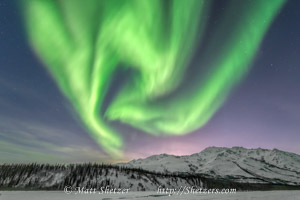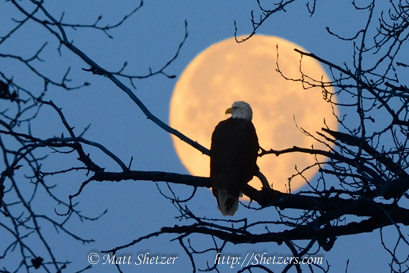
Having an understanding of your camera’s performance at high ISO, and what you are comfortable with noise wise in an image will help you make better decisions in the field resulting in higher quality images.
I see an eagle on a branch in front of a full moon. Time to move quick !! The sun is not up yet, the light is very low, and I want the eagle and the moon in focus. I need to know my setting quick to get the shot. What ISO should I shoot?
Here is a scenario we will use through the exercise: I am photographing Bald eagles in flight and my exposure settings are:
- 1/1000s shutter speed
- f/5.6 on my 500mm f/4 lens
- ISO 800
The light is fading, and I need a stop of light to keep my exposure perfect. What do I do ?
- 1/1000s shutter speed – I really want to keep this as my goal is photographing them in-flight with sharp wing tips
- f/5.6 on my 500mm f/4 lens – I can drop from f/5.6 to f/4.0 however I know I will loose a little quality shooting this lens wide open, and not in the sweet spot.
- ISO 800 – I could increase my ISO from 800 to 1600, but I will introduce a little more noise to my image.
So the big questions here, is which is better ?
- Shoot at f/4.0 (from f/5.6)
- Shoot at ISO 1600 (from ISO 800)
Without knowing your cameras ISO performance, and your tolerance for noise you can not make an educated decision on which setting to modify.
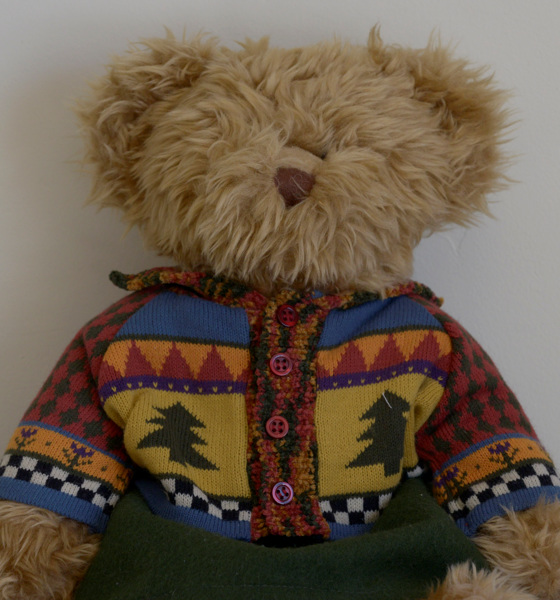
Our model for our ISO Tests. Give a big thank you to Teddy !!!
- Shutter Speed (Time the sensor is exposed to the light of the scene)
- Aperture or F-Stop (How far the opening in the lens is open during the exposure)
- ISO (Sensitive to brightness)
Having a good understanding of each is critical, however most folks understand the first two, but not what their ISO should be set at.
The maximum ISO value you will want to capture images will be different by each camera, and each individual’s tolerance for noise in an image.
To figure this out, lets get the camera out and shoot an ISO bracket of something dark. Noise displays more in dark colors so we want our subject to be dark. My favorite subject is a Teddy bear that I have in the house. He is very accommodating and doesn’t complain !
To make a good test bracket use following settings.
- Aperture Priority
- RAW Images
- F/8
- Mounted on a tripod
- Cable release
Now capture your bracket of images by just changing the ISO. I normally go from ISO 200 to ISO 6400. (I’m sure I’ll go higher in the next generation of cameras).
The below images have been taken by my Nikon D800 with a 70-200mm f/2.8 lens with the above settings. See my comments under each image.
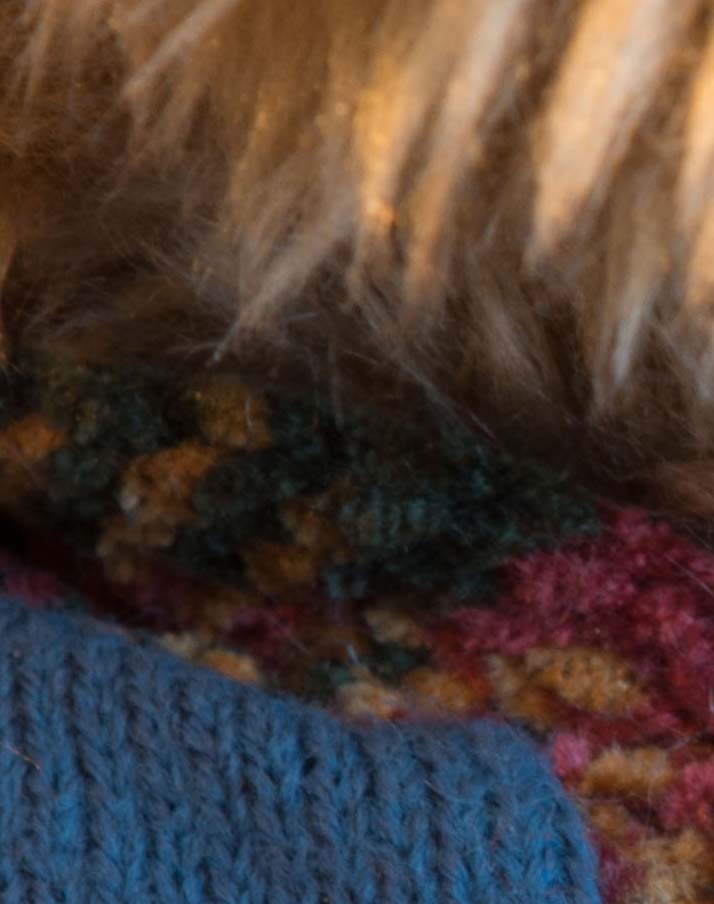
ISO 200 – 100%. I wish I could shoot this setting all day long. Notice the lack of noise in the darks, and the fur is pretty clean.
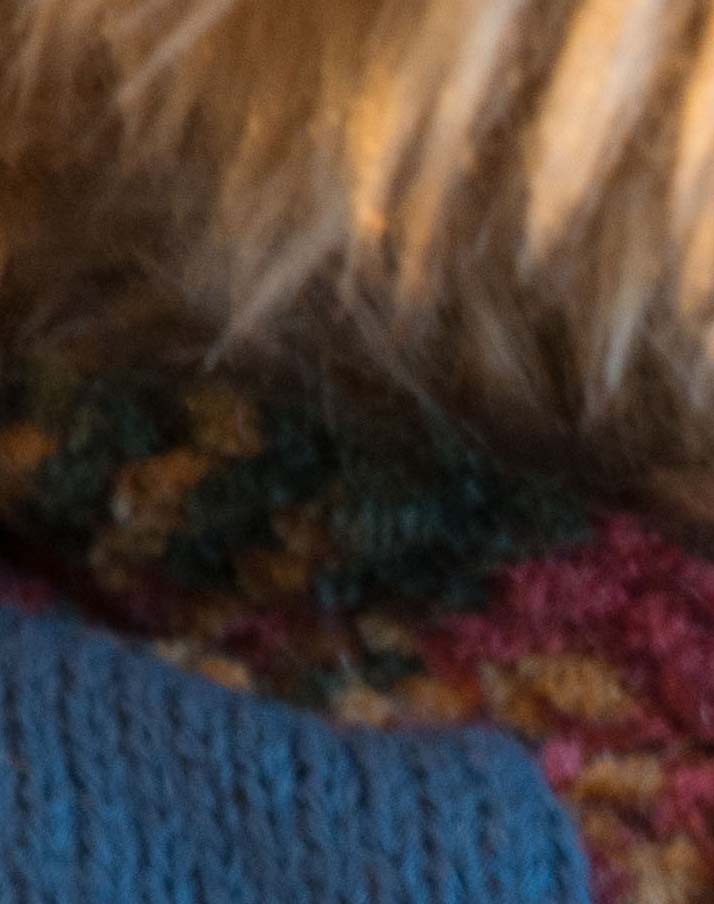
ISO 800 – 100% – The fur in the top is starting to display a little grain/noise. With this little noise, any noise reduction software would pull this out. I would have no problem shooting at ISO 800 on this camera.
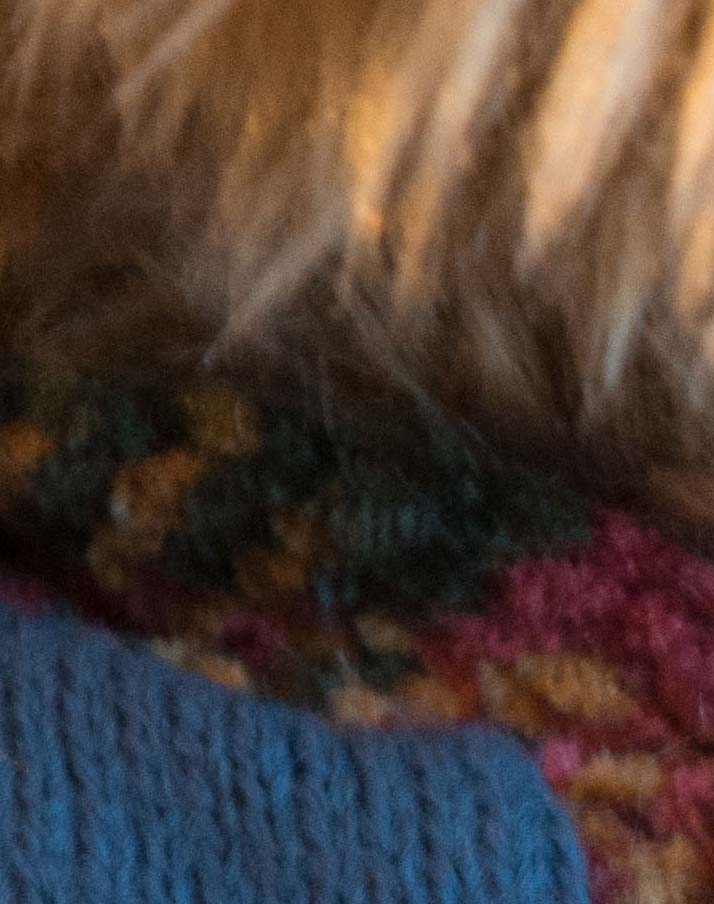
ISO 1600 – 100% – A little more noise than ISO 800, especially in the fur on the top of the image. I would still shoot ISO 1600, but would now have to do noise reduction in my post processing.
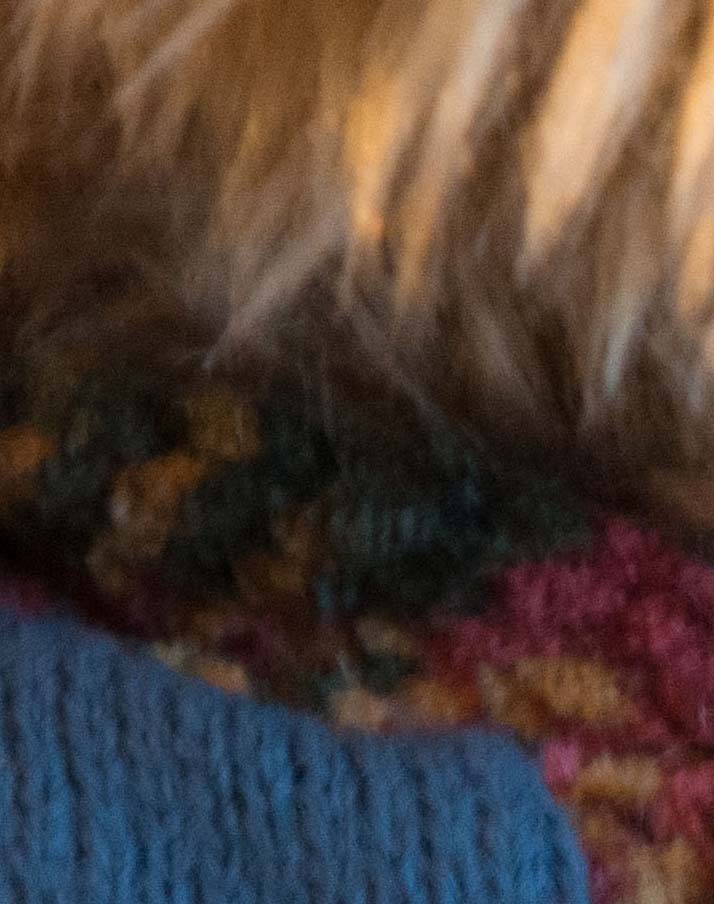
ISO 2000 – 100% – More noise coming in.
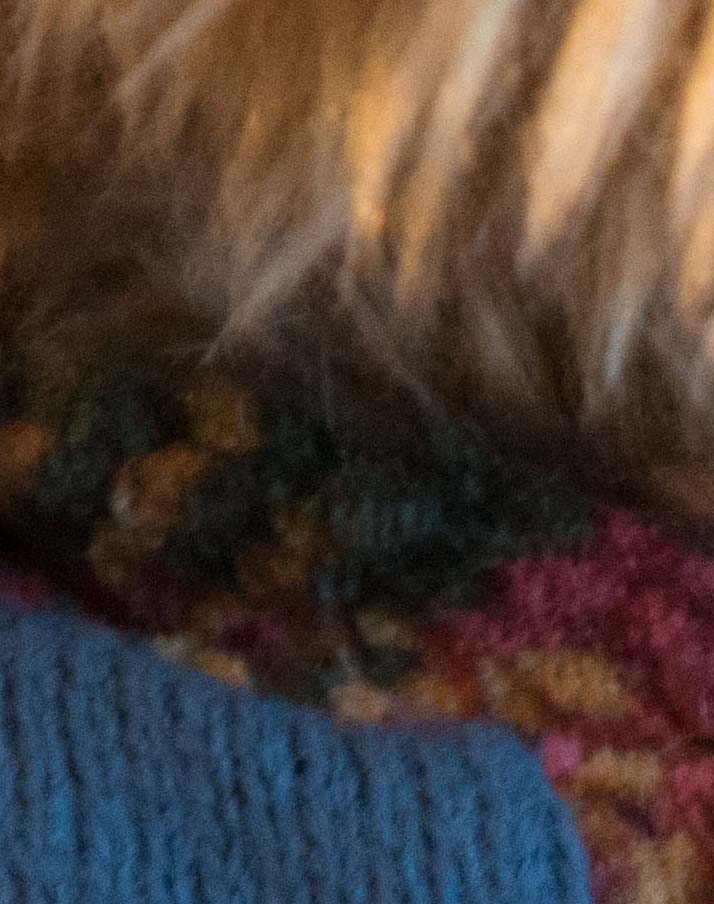
ISO 2500 – 100% – Even more noise. I’m starting to get uncomfortable with the noise in this sample. I might look at other settings to change rather than ISO
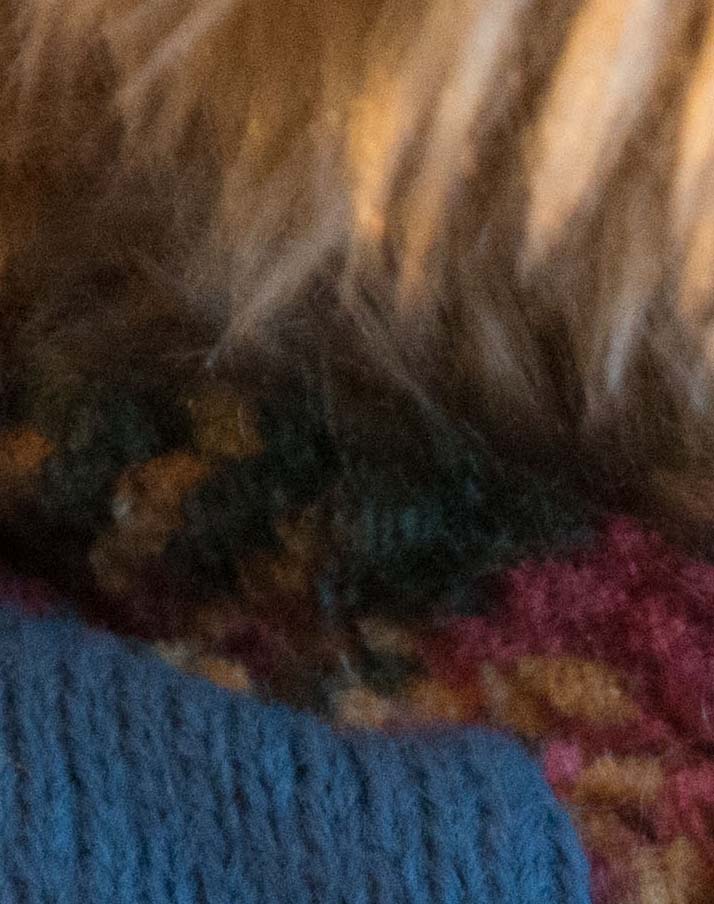
ISO 3200 – 100% – Noise is still increasing. For this camera, this is MY tolerance level. I don’t want to go beyond this for shooting dark wildlife (Grizzly Bears, Bald Eagles, etc)
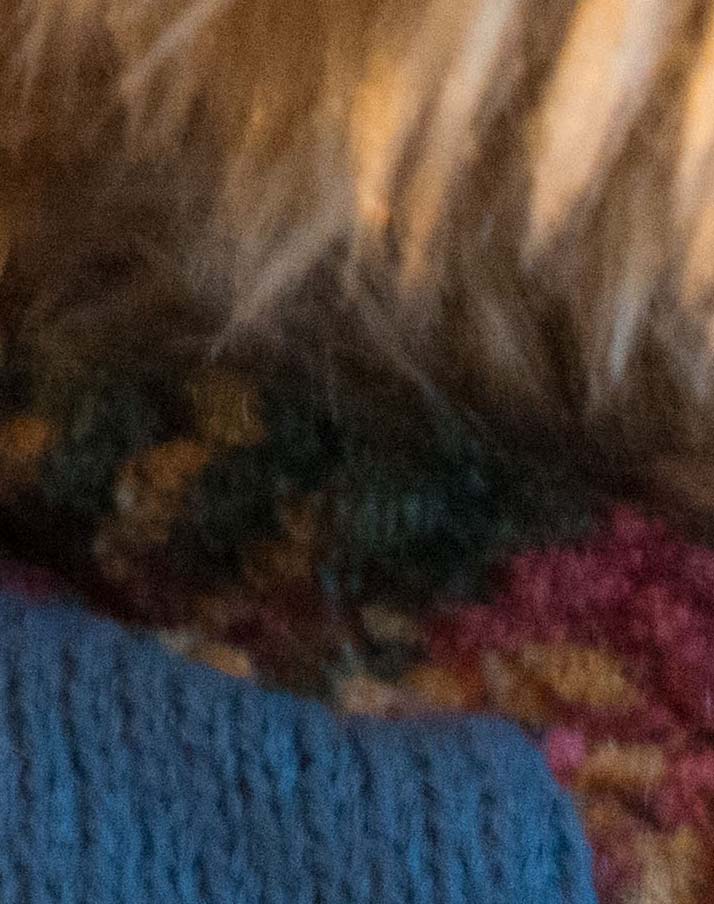
ISO 4000 – 100% – Wow…Noise has really increased. This is past MY tolerance for noise.
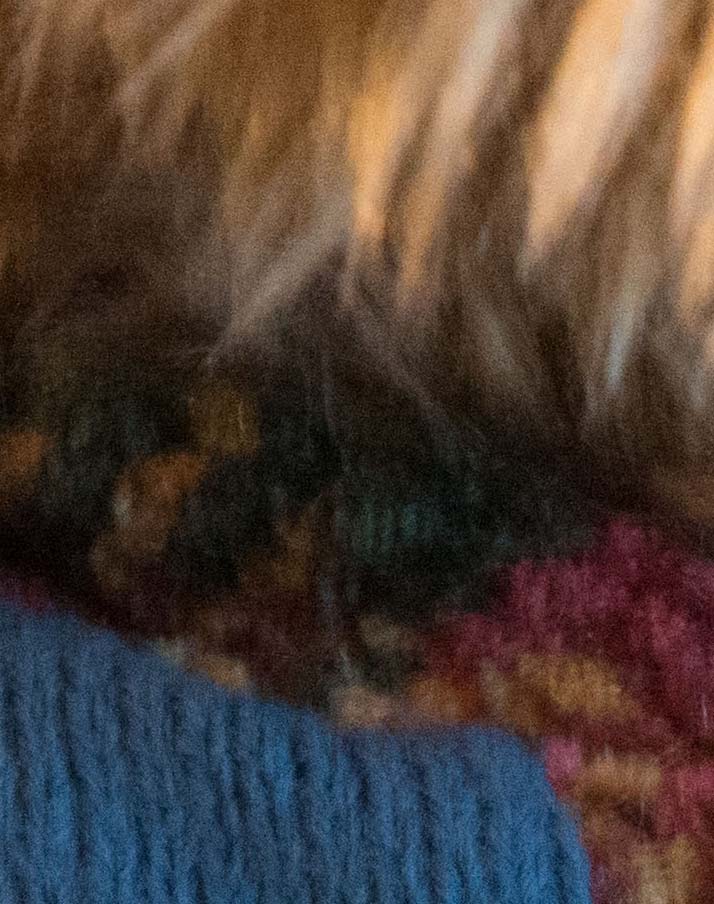
ISO 500 – 100% – Yuck !!
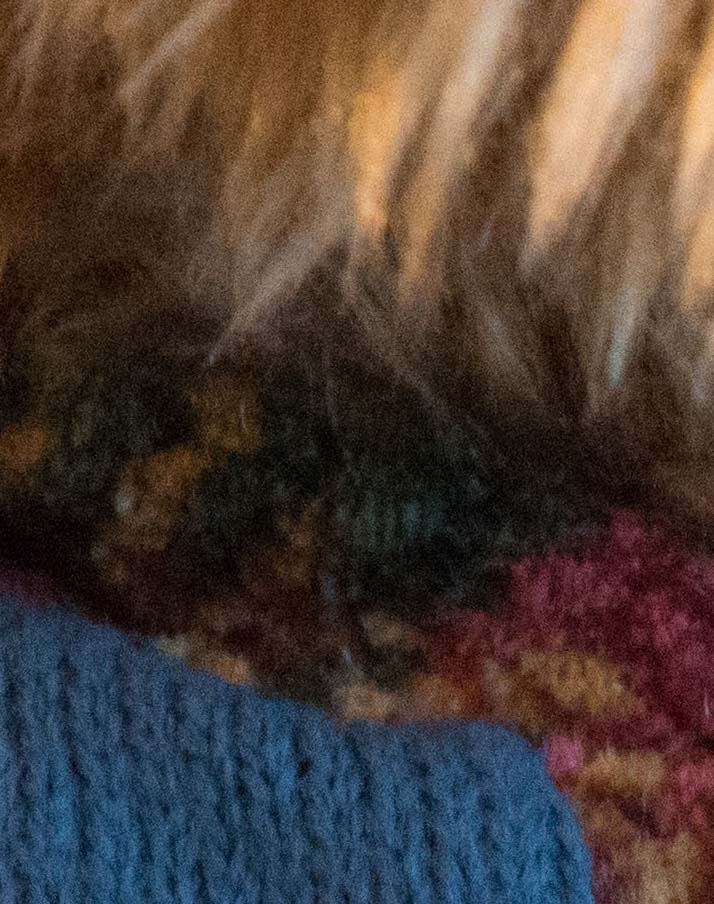
ISO 6400 – 100% – No Thanks !!! I’ll go photograph landscapes instead
So after my review of the test shots, and the scenario above, I wouldn’t have any problem adjusting my ISO from 800 to 1600 to stay in a sweet spot of the lens (f/5.6 rather than f/4.). However, if my ISO was at 1600, and I needed a stop of light, rather than increasing to ISO 3200, I would think differently, and adjust my aperture from f/5.6 to f/4.0, or take a little light from ISO (1/3 stop) and from the Aperture (2/3 of a stop).
At this point, I might run each image through my noise reduction post processing procedure to establish my comfort level after post processing. I might end up with a little higher ISO tolerance.
In my notebook, I’m going to write down my results. ISO 200 – ISO 800 is very good. I won’t hesitate to shoot ISO 800. ISO 800-1600 noticable noise increasing. ISO 1600 still has detail, and noise will remove with noise reduction, with small loss of sharpness. ISO 3600 is my maximum. ISO 4000+, go do something else.
Now, here comes a big trip, traveling all the way to Alaska to photograph the Grizzly Bears. I’m going to go to the zoo, and photograph their bears and bracket my ISO setting. Now I have a even more data and my ISO numbers that I will use on the trip for that subject !!! I am one with my camera, and I will come home with images I am happy with !!!
By testing your ISO and knowing the results your camera will produce, you will make the right decisions in the field and your image quality will improve !!! Now get out there and have fun !!!

